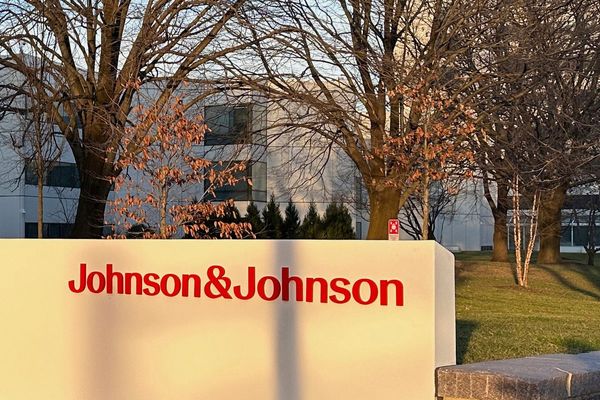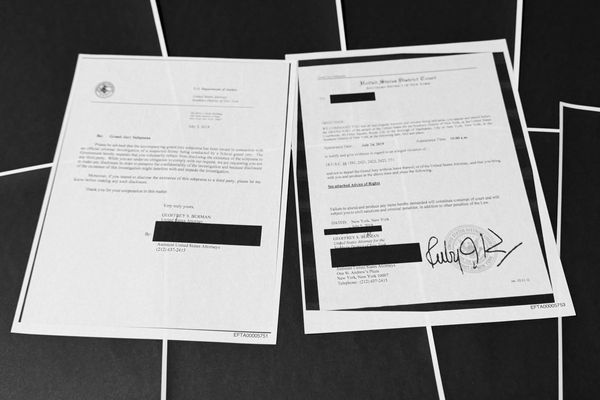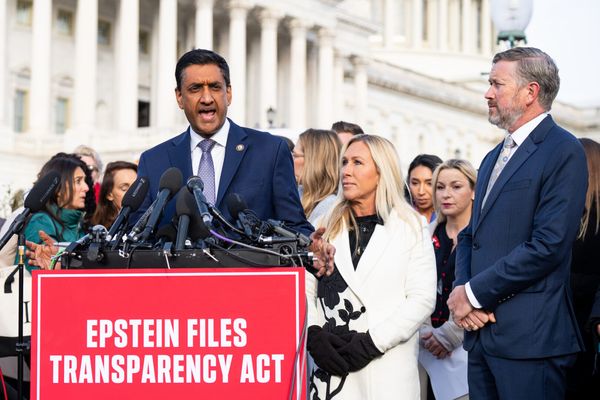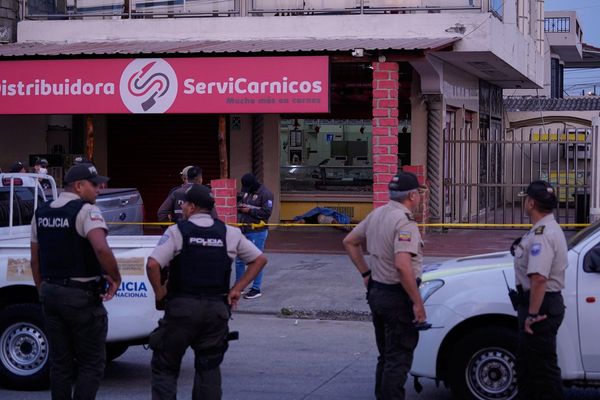
Gardening has long been celebrated as a wholesome, therapeutic hobby—a chance to grow your own food, reconnect with nature, and spend time outdoors. But what if the very soil beneath your feet holds an invisible danger? In recent years, scientists have uncovered a growing concern that’s causing gardeners and environmentalists to take a second look at their soil: “forever chemicals,” also known as PFAS (per- and polyfluoroalkyl substances).
These persistent toxins have made their way into drinking water, food, air, and now, even the soil in our backyards. And while the name “forever chemicals” might sound exaggerated, the truth is unsettling: these substances don’t break down naturally, can remain in the environment for decades, and may end up in the very food you’re proudly growing.
If you thought your backyard garden was immune to industrial pollution, it’s time to dig deeper.
The Hidden Risk of “Forever Chemicals” in Common Garden Soil
What Are “Forever Chemicals” and Why Should You Care?
PFAS chemicals have been used since the 1940s in thousands of products—from nonstick cookware and stain-resistant fabrics to firefighting foam and food packaging. Their durability and resistance to heat, grease, and water made them seem like a technological miracle.
But the same qualities that made PFAS so useful are what make them dangerous. They’re nearly indestructible, meaning they accumulate over time in soil, water, and even human bloodstreams. Numerous studies link PFAS exposure to cancer, liver damage, thyroid disease, immune system dysfunction, and reproductive issues.
Worse, you don’t need to live near a factory to be at risk. These chemicals have traveled far and wide through contaminated compost, irrigation water, and even the biosolids used in commercial fertilizers.
How PFAS Are Ending Up in Your Garden Soil
So, how are these industrial chemicals sneaking into your tranquil backyard? The answer lies in the supply chain of fertilizers, composts, and even water sources. Many gardeners, hoping to be eco-friendly, use compost or soil enriched with biosolids—organic matter recycled from wastewater treatment plants.
Here’s the problem: biosolids can be loaded with PFAS. When wastewater is treated, leftover solids are often repurposed into fertilizers that are then sold for agricultural or residential use. That means every time you spread “organic” compost on your tomatoes or mulch your flower beds, you could be introducing toxins into the soil.
Additionally, if your garden is near a landfill, airport, military base, or factory, even miles away, runoff and contaminated groundwater may be slowly poisoning your patch of earth without your knowledge.
You Won’t See or Smell the Danger
One of the most alarming aspects of PFAS is that they’re completely invisible. Unlike mold, rot, or chemical spills, PFAS leave no obvious signs. You can’t see them, smell them, or taste them in the soil. And if you grow your own vegetables, you might feel extra confident that your food is safe, but it may not be.
Several studies have confirmed that plants can absorb PFAS from soil and water, especially leafy greens and root vegetables. This means that the very act of eating fresh produce from your garden could be exposing you and your family to chemicals you’ve never heard of.
The long-term effects are subtle, building slowly over time. You won’t necessarily get sick tomorrow, but that doesn’t make the threat any less real.
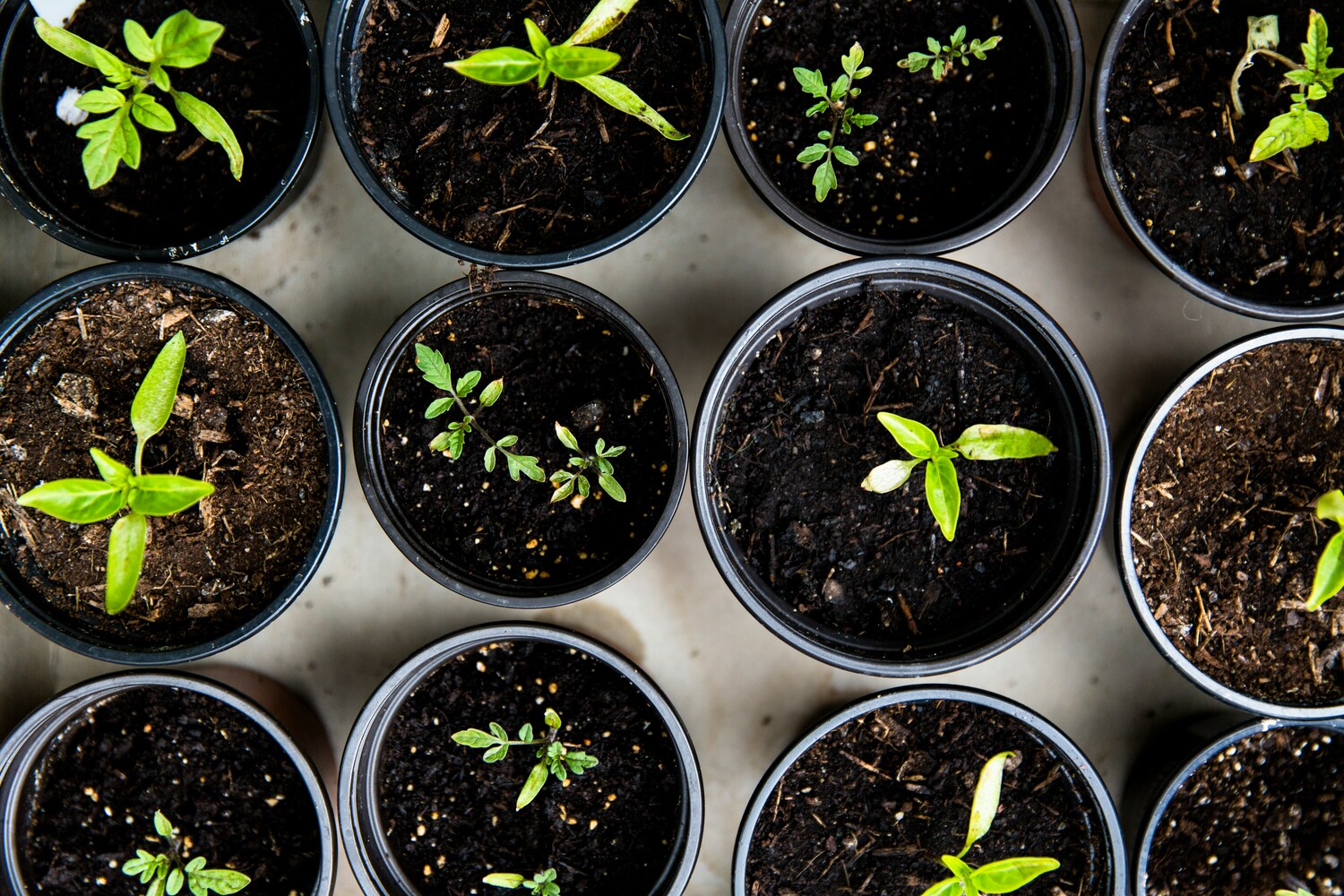
Government Regulation Is Still Lagging
Despite growing evidence of health risks, regulation around PFAS is still weak and inconsistent. The EPA has recently begun issuing advisories on certain PFAS limits in drinking water, but there are no national standards for PFAS levels in soil, let alone guidelines for home gardening.
Most soil and compost products sold to consumers are not tested for PFAS. And since the labeling laws don’t require manufacturers to disclose the presence of biosolids or industrial waste, consumers are largely left in the dark.
This lack of oversight puts the burden on individuals to research, test, and monitor their soil—something most home gardeners simply aren’t prepared to do.
The Health Risks Are Hard to Ignore
The health consequences of long-term PFAS exposure are now well-documented. While it’s difficult to trace a direct line between gardening and specific illnesses, PFAS has been linked to:
- Increased cancer risk, especially kidney and testicular cancers
- Hormonal disruptions, including thyroid and reproductive issues
- Suppressed immune function, including reduced vaccine response
- Elevated cholesterol levels
- Developmental issues in children, including low birth weight and early puberty
Given how prevalent PFAS already are in the environment, adding more through your own soil unknowingly increases your cumulative exposure.
How to Protect Your Garden (and Your Health)
While it’s nearly impossible to eliminate PFAS exposure entirely, there are steps you can take to reduce your risk:
- Avoid composts or fertilizers labeled with “biosolids” or “sewage sludge.” Look for organic composts that are certified PFAS-free (though these are rare).
- Test your soil and water if you live near a known PFAS site. Labs specializing in environmental testing can detect PFAS, though it can be costly.
- Install a water filtration system, especially if you use well water for irrigation. Some activated carbon filters are effective at reducing PFAS.
- Grow food in raised beds with clean, imported soil as a temporary safeguard.
- Stay updated on local contamination reports. Many communities now have PFAS mapping tools available through health or environmental agencies.
Though you may not be able to control the spread of these chemicals, you can at least make informed decisions about what goes into your garden and onto your plate.
Why Your Garden Might Not Be as “Clean” as You Think
Gardening is supposed to be simple, grounding, and healthy. But the rise of forever chemicals like PFAS means that even our most natural spaces aren’t immune to the fallout of modern industry. Just because you’re not spraying pesticides or using synthetic fertilizers doesn’t mean your soil is safe.
Until regulation catches up, the burden of awareness falls on individual gardeners. That means being choosy about compost sources, asking hard questions about fertilizer ingredients, and paying attention to where your water and soil come from.
It’s a frustrating truth, but an important one: even in your backyard, vigilance matters.
Have you ever wondered what’s really in your garden soil?
Read More:
6 Things You Might Own That Are Now Considered Legal Hazards
